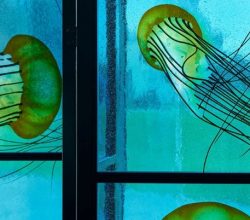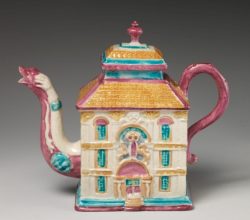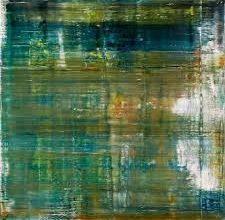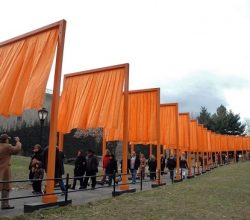
How Artist Brian Clarke Is Pushing the Medium of Stained Glass
Caroline Roux | Galerie | 10th March 2020
From his earliest days, Clarke set out to revolutionise stained glass. He has done so, taking it “out of the cathedral into the secular world”. Combining traditional glassblowing with modern architectural glass has eliminated the need for lead supports and created a contemporary art form “at the highest level of poetic achievement”. And he is not finished “I want to surpass the Middle Ages, not equal them.” A background piece is here.



